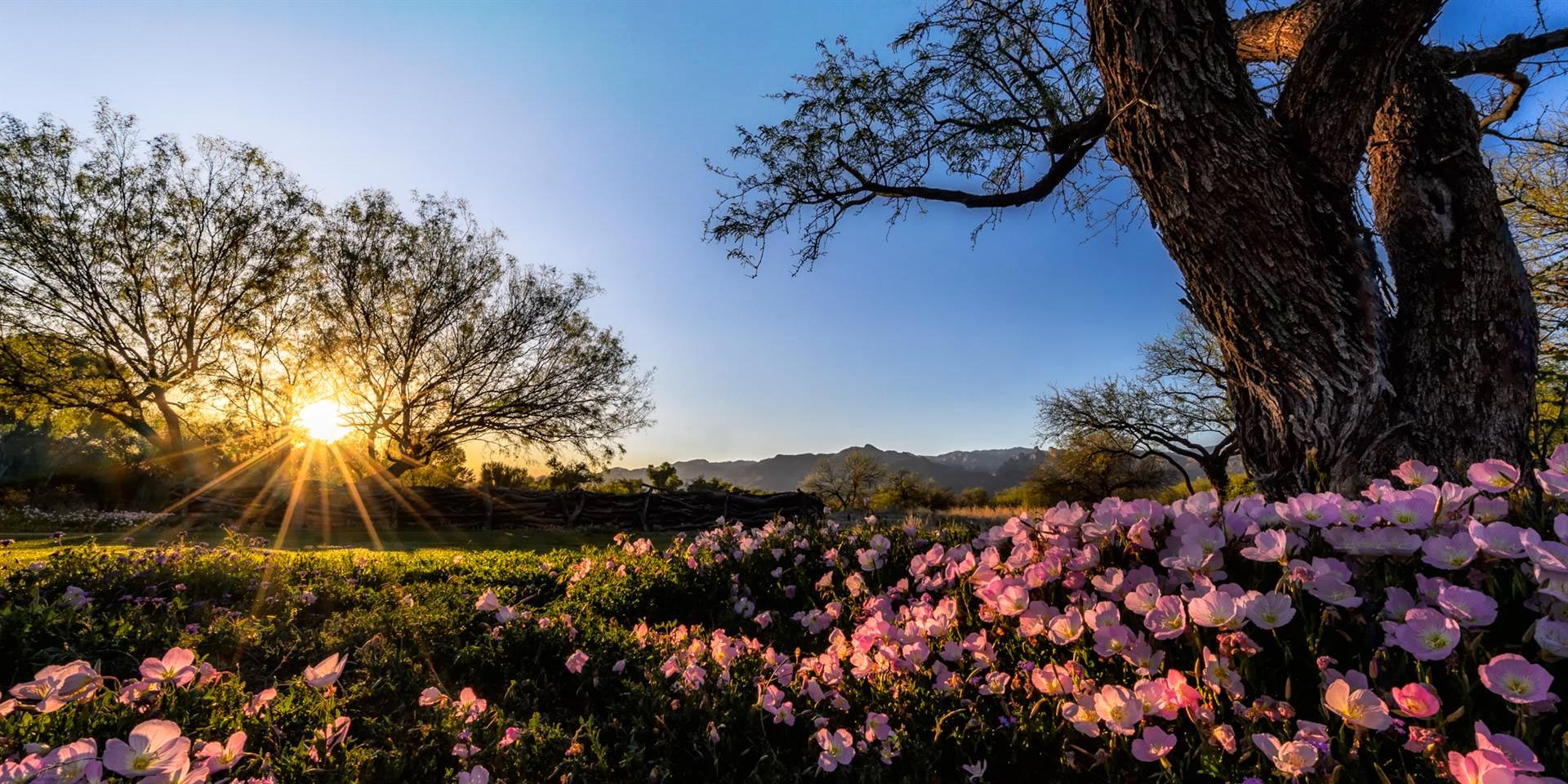Floras
Arizona Flora
Arizona has an extremely rich flora due to its diversity of altitudes and climate. It contains floristic associations ranging from sub-tropical to alpine with transitions zones between the Sonoran, Chihuahuan, Mohave, and Great Basin Deserts. This rich flora, almost 4000 species of native plants, is equaled by few other regions of the United States.
Flora of the Sonoran Desert Region
You can connect to the gigantic SEINet/Symbiota Project, managed by a consortium of universities and nonprofits including the Arizona-Sonora Desert Museum. It compiles the data from an ever-growing number of Southwestern herbaria, and integrates it with other useful modules such as plant identification keys and educational programs. The Desert Museum has contributed two major components to the project: images of live plants from its digital library and the thesaurus of common names. (No other herbarium-based database that we know of includes common names. Non-botanists can use Symbiota without learning Latin.)
The Western Plants Project, created in part by NOAA, is an online guide to the flora of the western United States. They are especially helpful in identifying plant families and genera.
More floras are available for purchase from the journal Desert Plants published by The University of Arizona for Boyce Thompson Arboretum. Special issues devoted to the flora of an area are routinely printed.
Why do plant names keep changing?
For a discussion of that topic from the California Native Plant Society, click here. For taxonomic changes following the most recent classification of the Angiosperm Phylogeny Group III (APG III) for Arizona flora, see the list (2011.3) created by Joan Tedford. Although there is no one authority over plant taxonomy, these changes are widely accepted and the University of Arizona Herbarium has rearranged its collection of over 400,000 specimens to reflect this change.
View the Floras by Region
Click on the links below to learn more about the flora of each specific region throughout Arizona.
Central Arizona
Mexico
Northern Arizona
Southeastern Arizona
Southern Arizona

